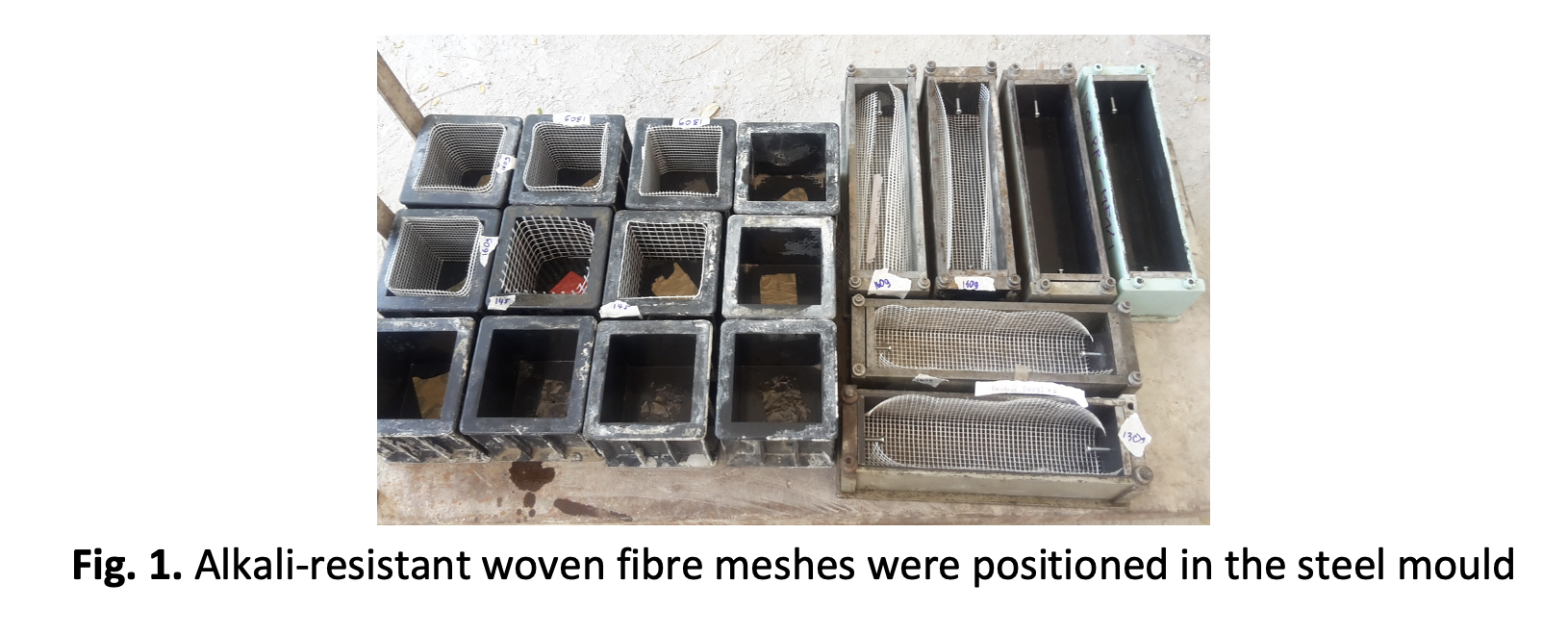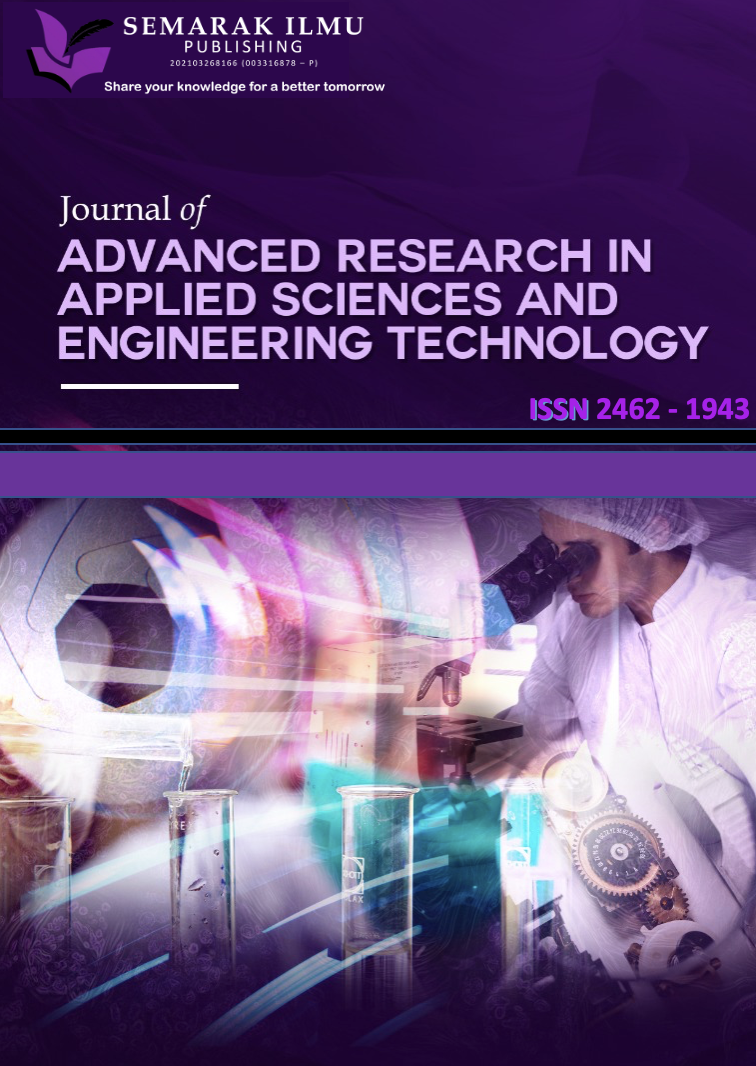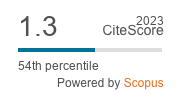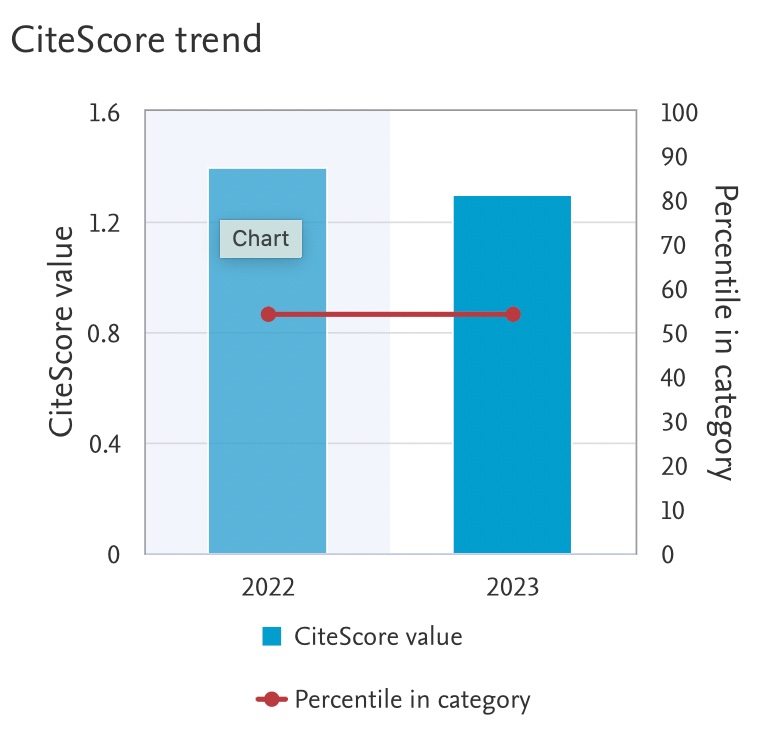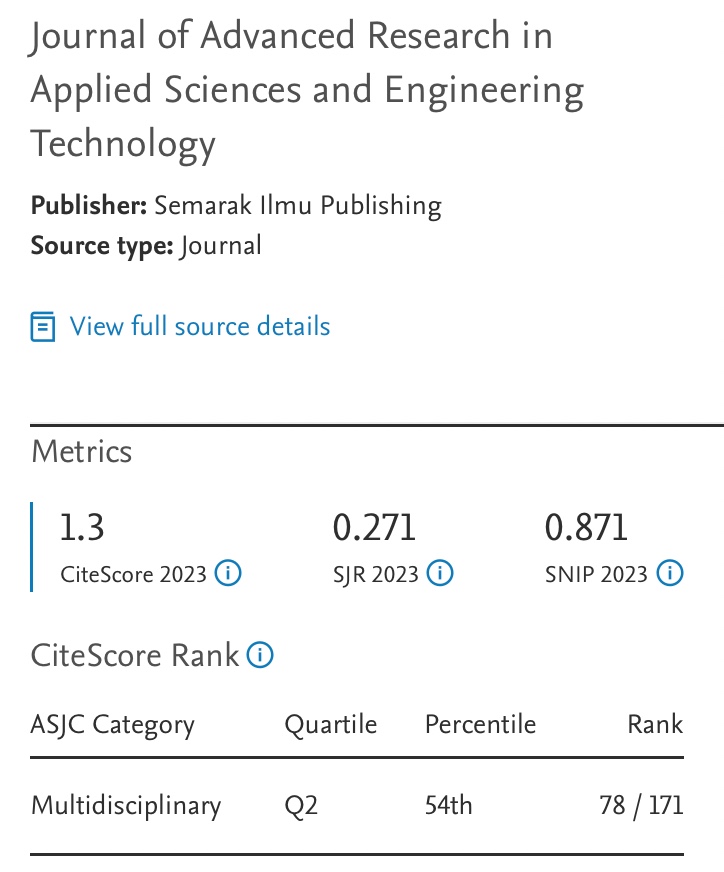Application of Alkali-Resistant Woven Fibre Mesh Confinement to Strengthen Lightweight Foamed Concrete
DOI:
https://doi.org/10.37934/araset.29.1.101109Keywords:
Foamed concrete, compressive strength, textile fabric, jacketingAbstract
Lightweight foamed concrete (LFC) is a low-density concrete with numerous applications. However, because its weight is nearly half that of traditional concrete, its strength can also be expected to be reduced. This research investigates the possibility of using LFC reinforced with alkali-resistant woven fibre mesh to improve its mechanical properties. One of the key issues of reinforced lightweight concrete construction is the deterioration of reinforced steel, which has a considerable impact on the reliability of concrete structures. Because it is corrosion resistant, fibreglass netting can effectively solve the corrosion problem as an alternative to welded wire mesh. In this investigation, two densities of LFC (700 kg/m3 and 1400 kg/m3) were cast and tested with three different layers of fibreglass netting, one layer, two layers, and three layers. Compressive strength, flexural strength, and splitting tensile strength were determined. According to the findings, including woven fibre mesh in LFC improves flexural strength, compressive strength, and splitting strength. The addition of three layers of woven fibre mesh resulted in the best mechanical performance for all mechanical qualities studied in this study
Downloads
